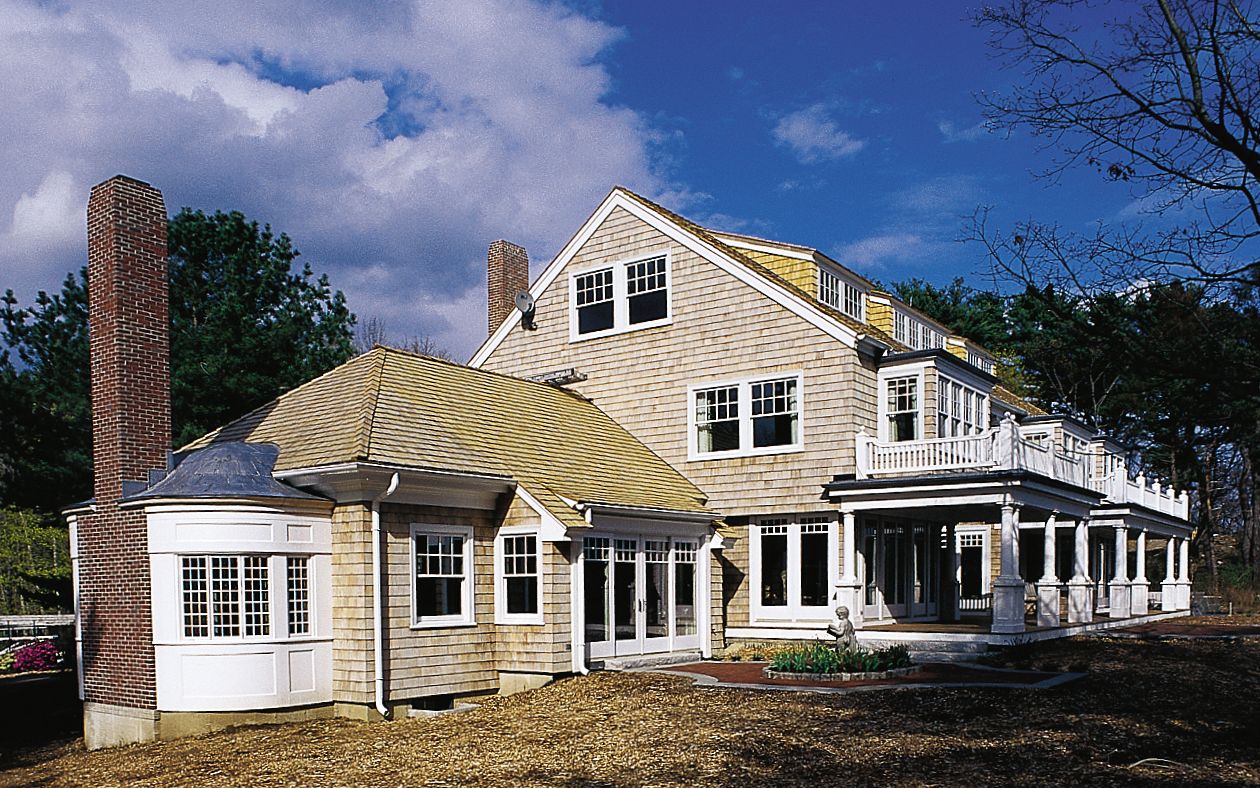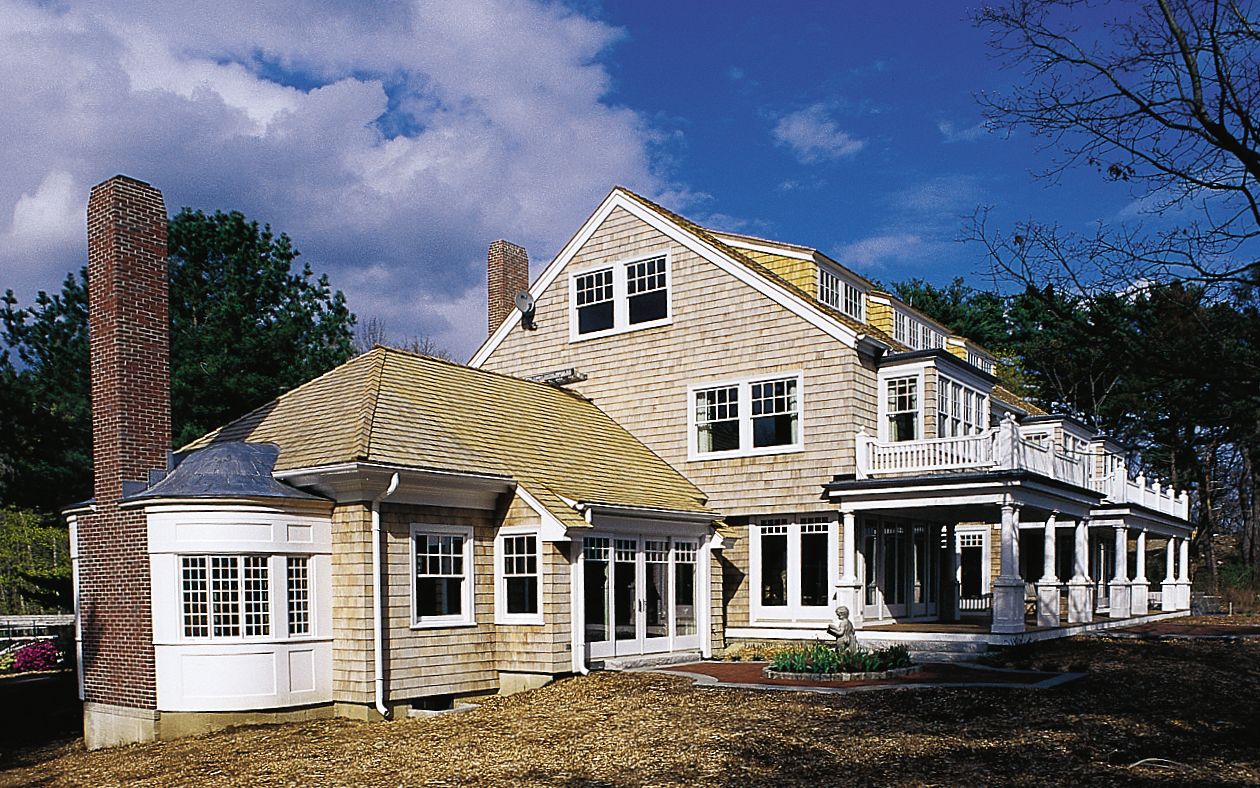
At our soon-to-be-completed This Old House project in Manchester, our homeowners, Janet and David McCue, have decided to use radiators for their new heating system. But, no, not those big clunky cast-iron ones you might have grown up with. Not the ones that you might have draped coats and scarves over until they were thoroughly baked. Not the ones that banged and hissed and spit water. The McCues’ new radiators are flat-panel steel units, sleek and stylish. These warm wall panels are low-profile and become architectural elements in any room. David McCue was born and raised in the United Kingdom, so he was familiar with these types of designer radiators.
The reason for radiators is simple. They are quiet and comfortable. There is none of the air movement experienced in forced-hot-air-style systems using ductwork. And of course we’re sitting in New England where the heating season is very long compared to the cooling season.
Most flat-panel radiators come from Europe, where they are standard. Their development was born of the desire of European system designers to heat their homes with lower water temperature than American systems did. Being able to lower the water temperature needed to heat the building is where energy savings are most dramatic. In the fuel crunch of the mid-1970s, German law mandated that heating systems could go no higher than 167 degrees Fahrenheit (75 degrees Celsius) on the coldest day. That meant that they needed larger and larger-size flat-panel radiators to heat a room. This contrasts with the standard in America where most systems cam reach 210 degrees Fahrenheit on the coldest day.
But we won’t allow people to burn themselves either. By using a boiler with a weather-responsive control, these new radiators will heat only to the temperature necessary. On mild days — which constitute most of the heating season — the radiators will heat to a mild temperature, and on the coldest days they will get warmer water temperature.
Each of the McCues’ radiators will be equipped with a thermostatic radiator valve. These valves sense the temperature in the room and are self-regulating, making every room its own heating zone. As a result, if your kids want their room cool while you want yours warmer, that’s no problem with this type of radiator. Fighting over a single thermostat is history. Want to turn off a room completely? Simply turn the dial on the radiator’s wax-filled sensing head all the way down to the freeze protection mark.
In addition, these new radiators come in a variety of different colors and are powder-coat painted for a forever finish. As to style options, it is mind boggling how many shapes and designs are available: flat, round, triangle, tall, short, fat, thin, coat rack and column. You can have comfortable heat that is seldom seen and never heard.
Richard Trethewey is the plumbing and heating consultant for This Old House.

